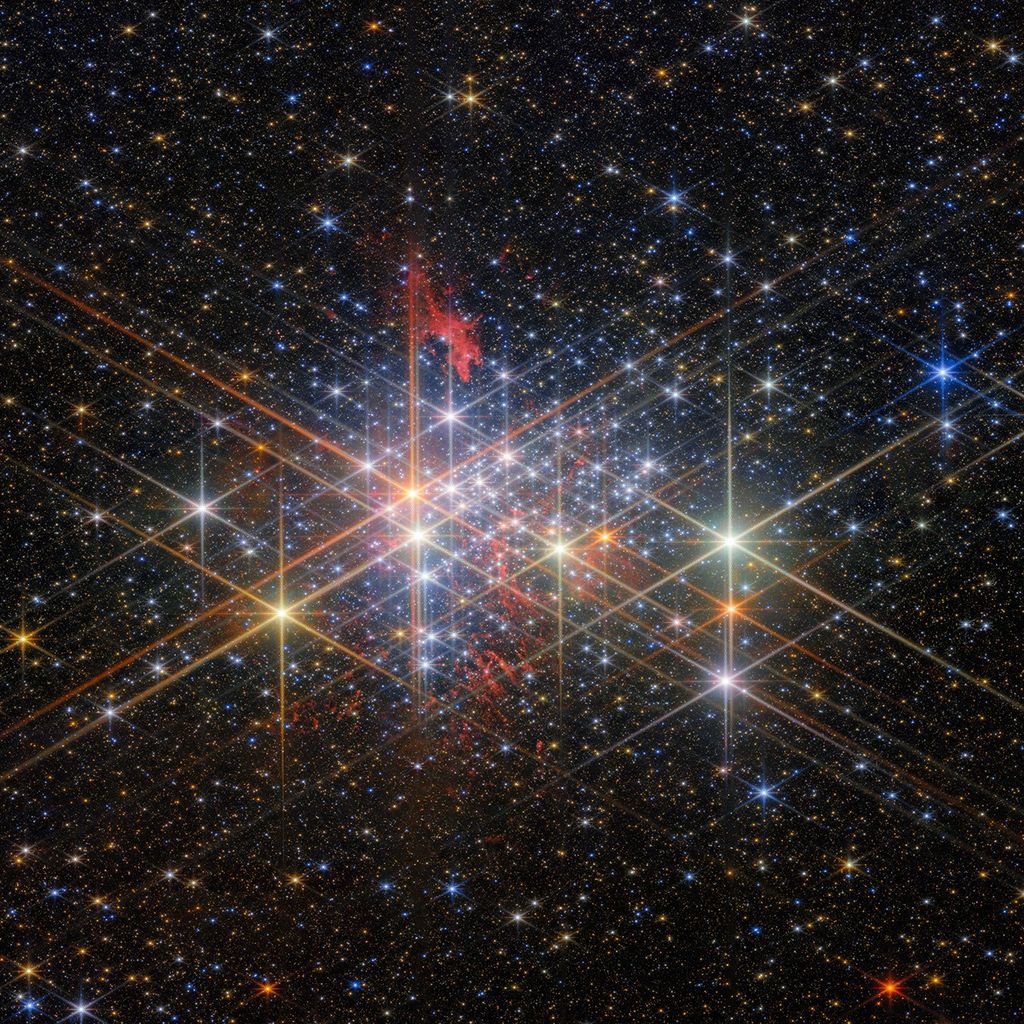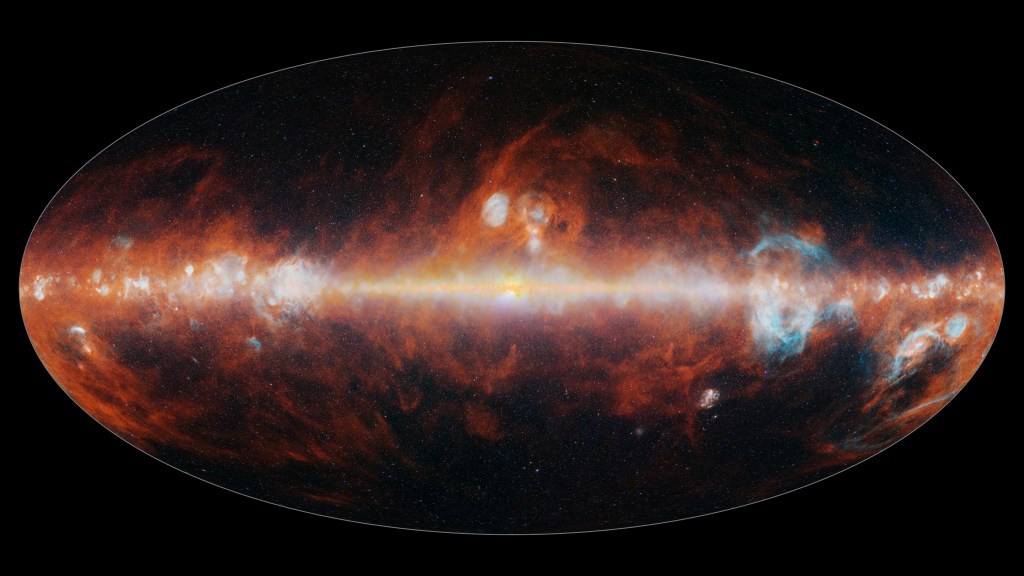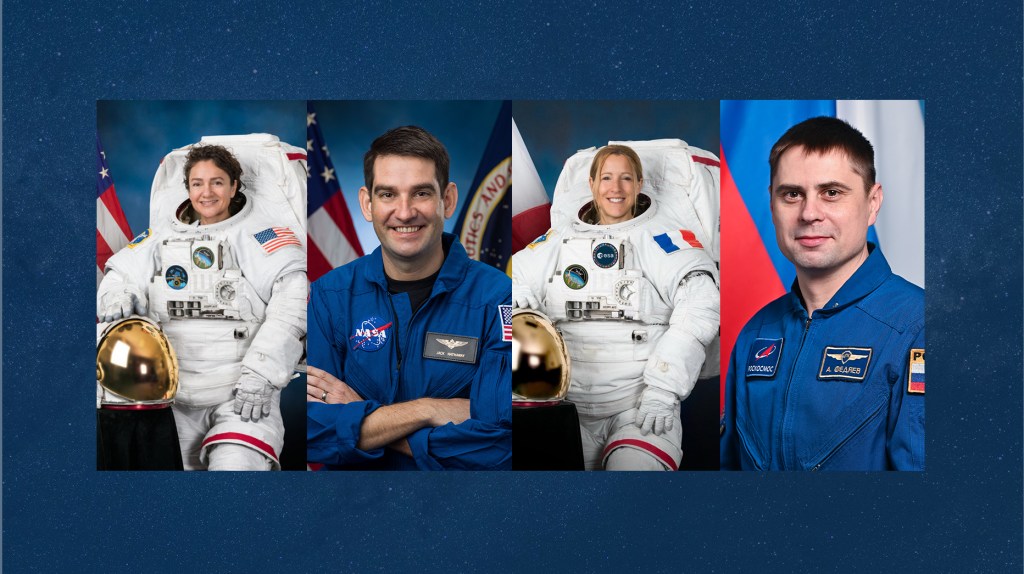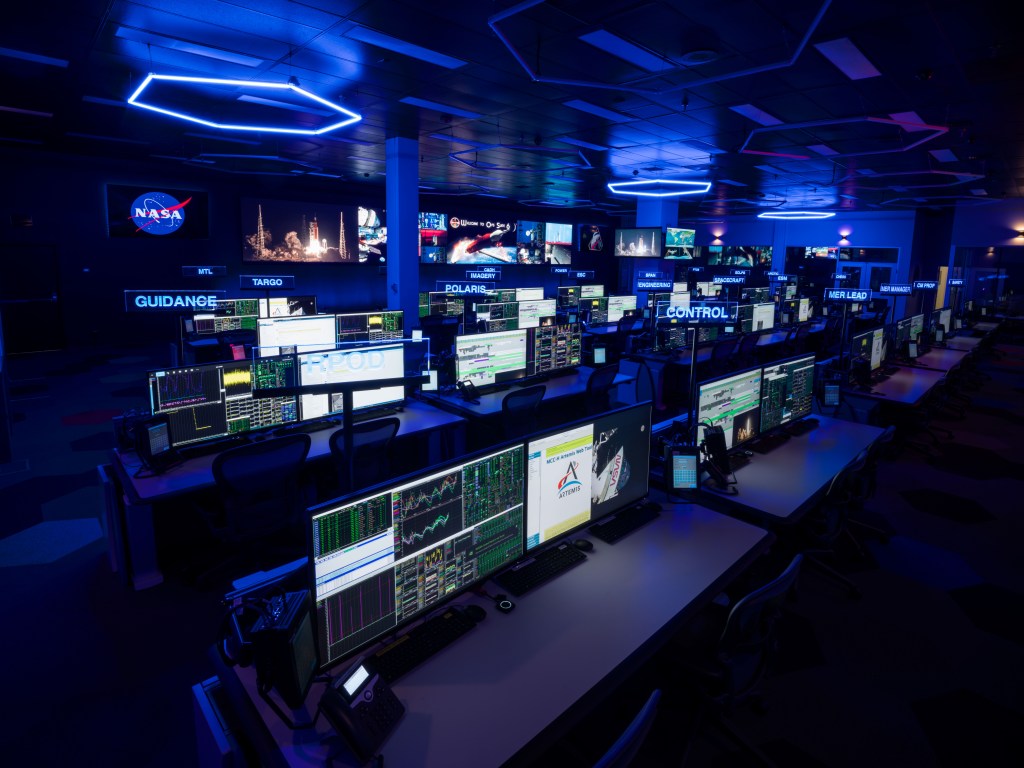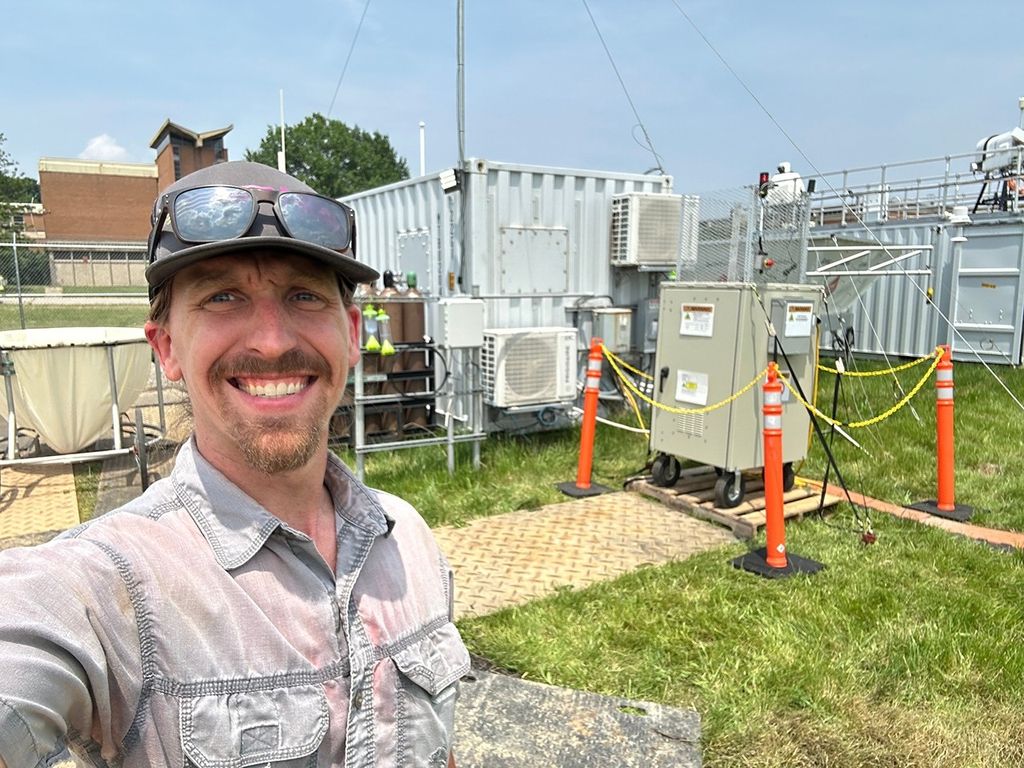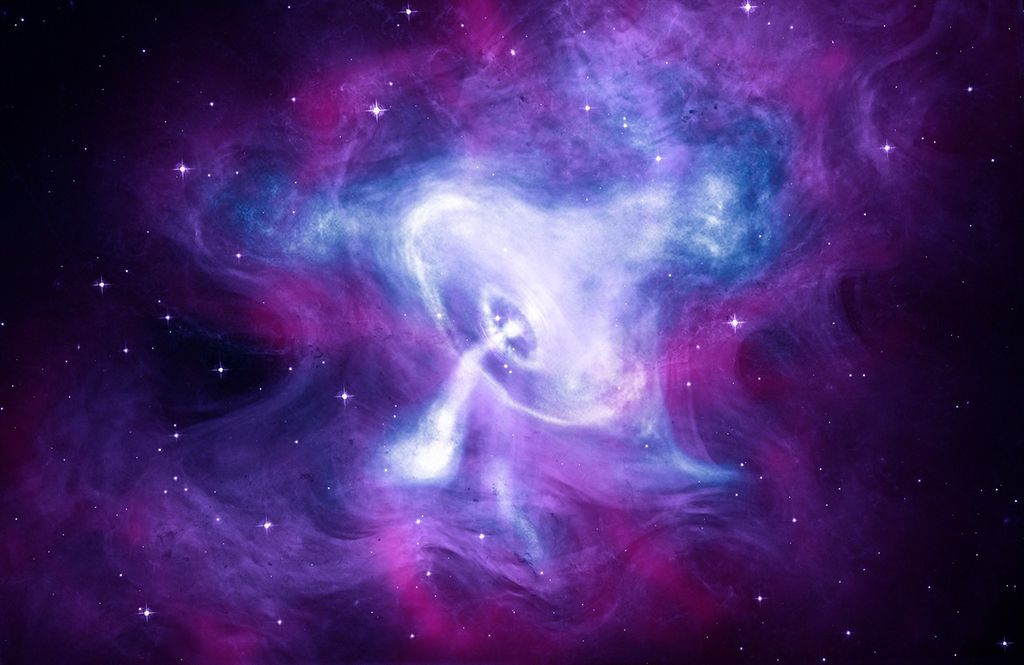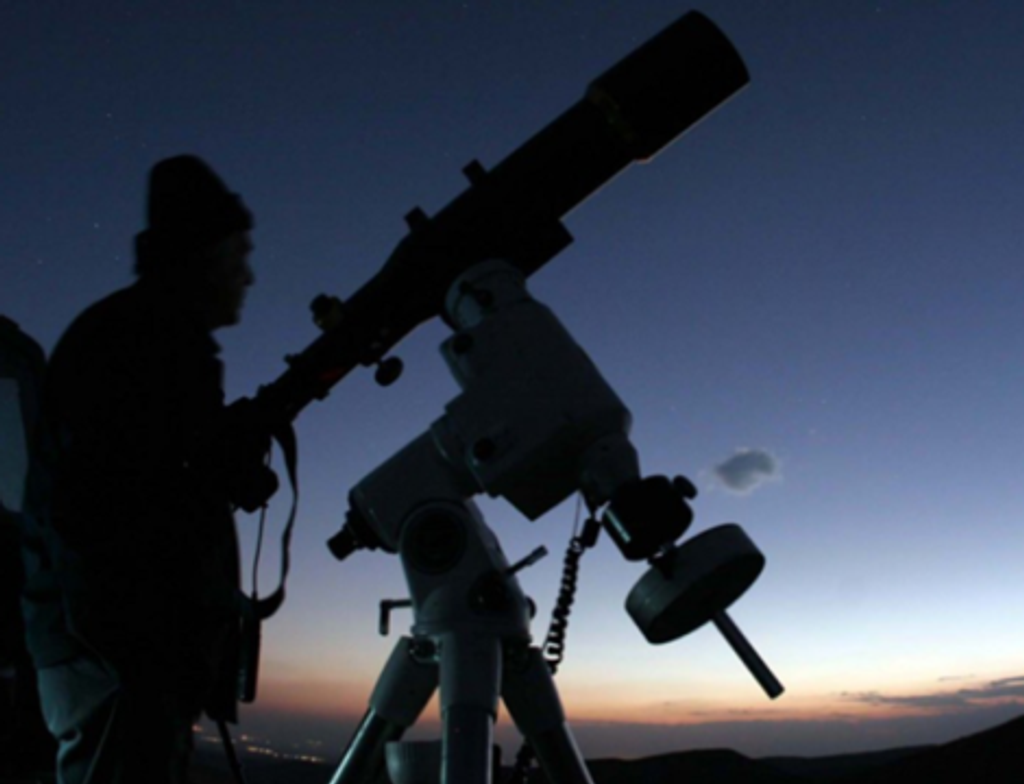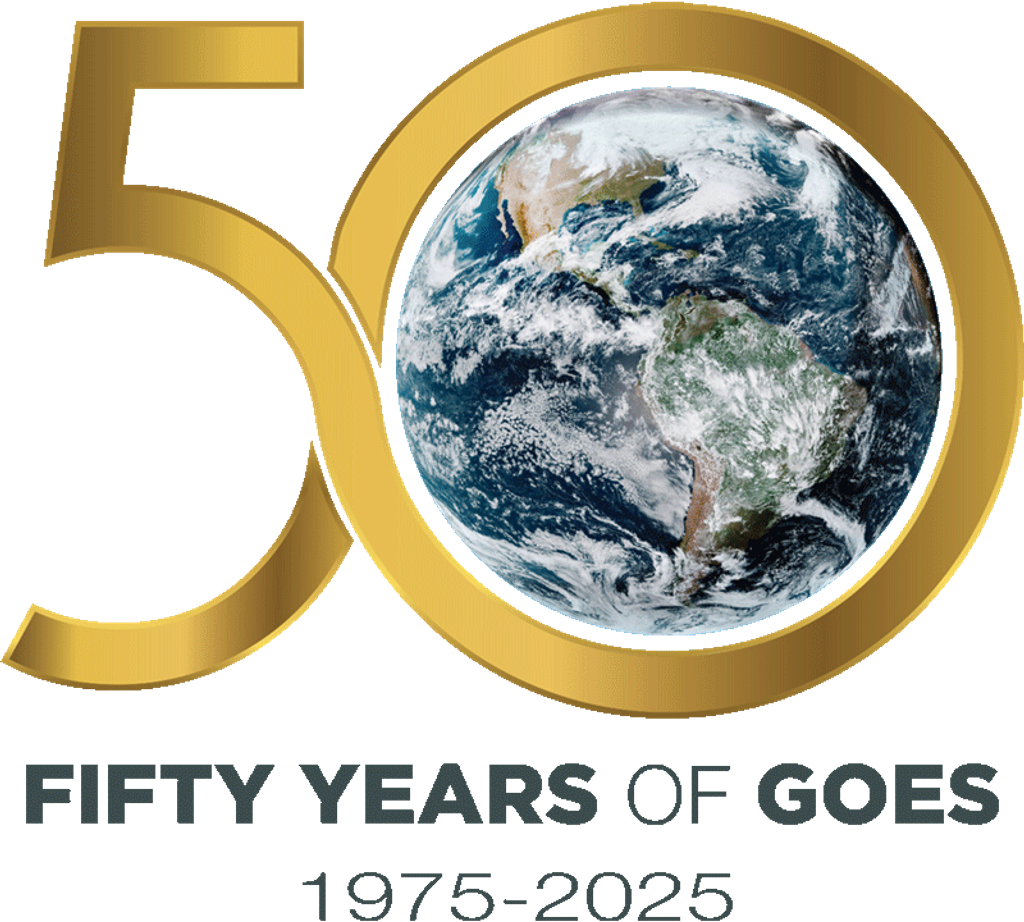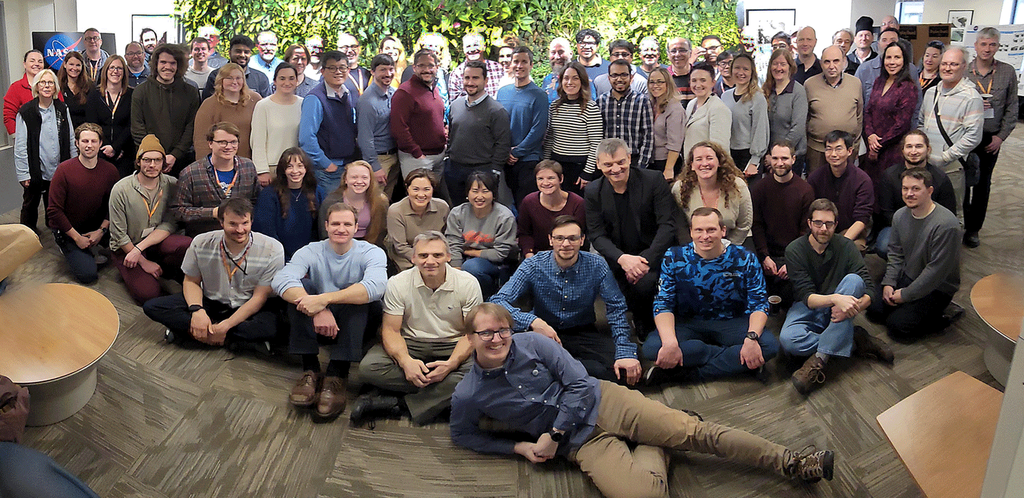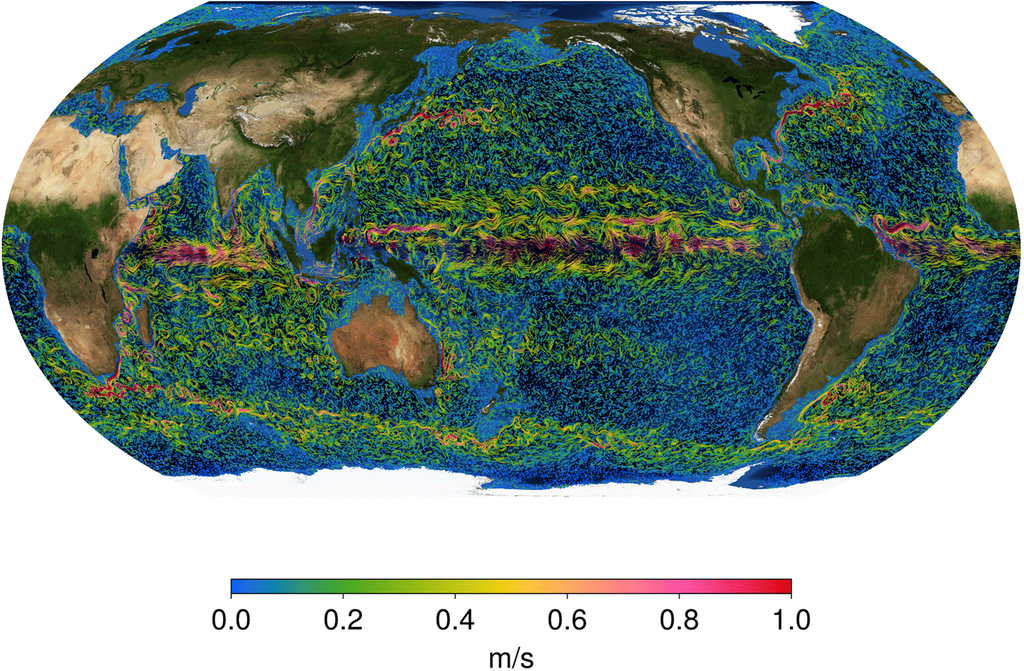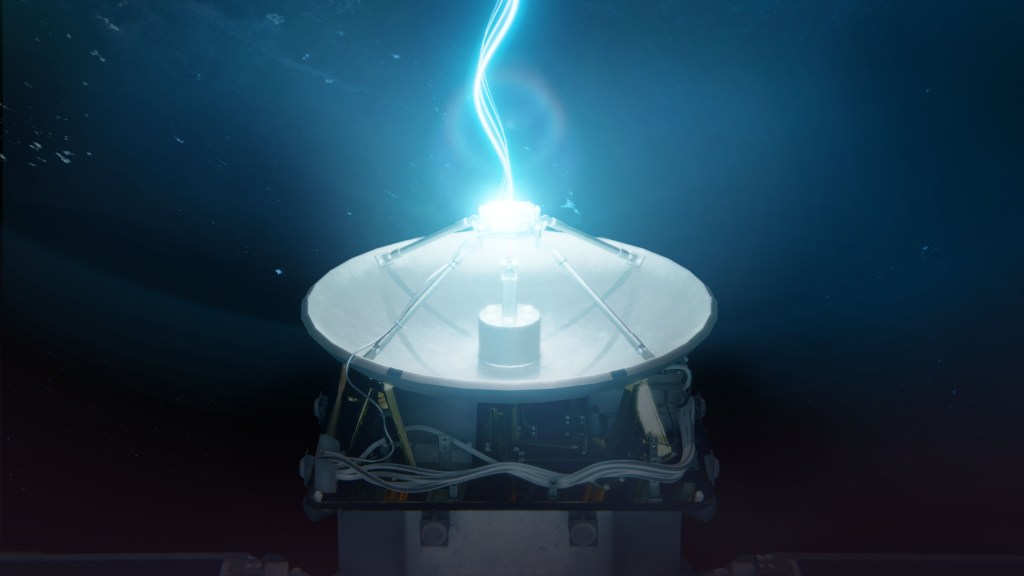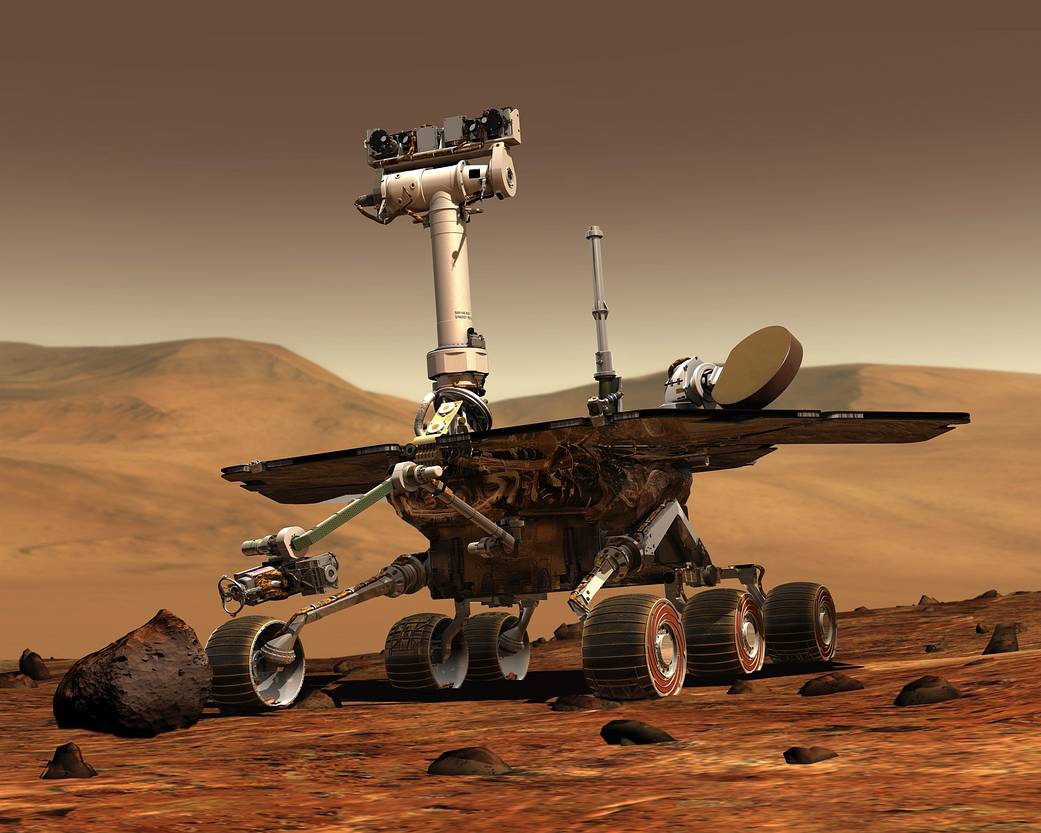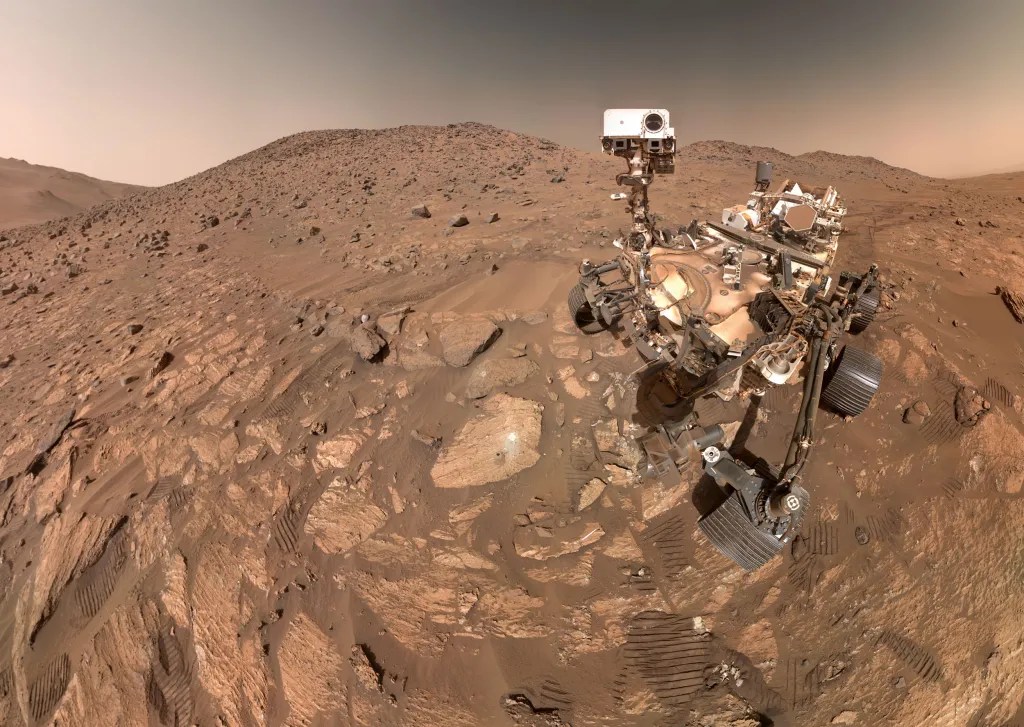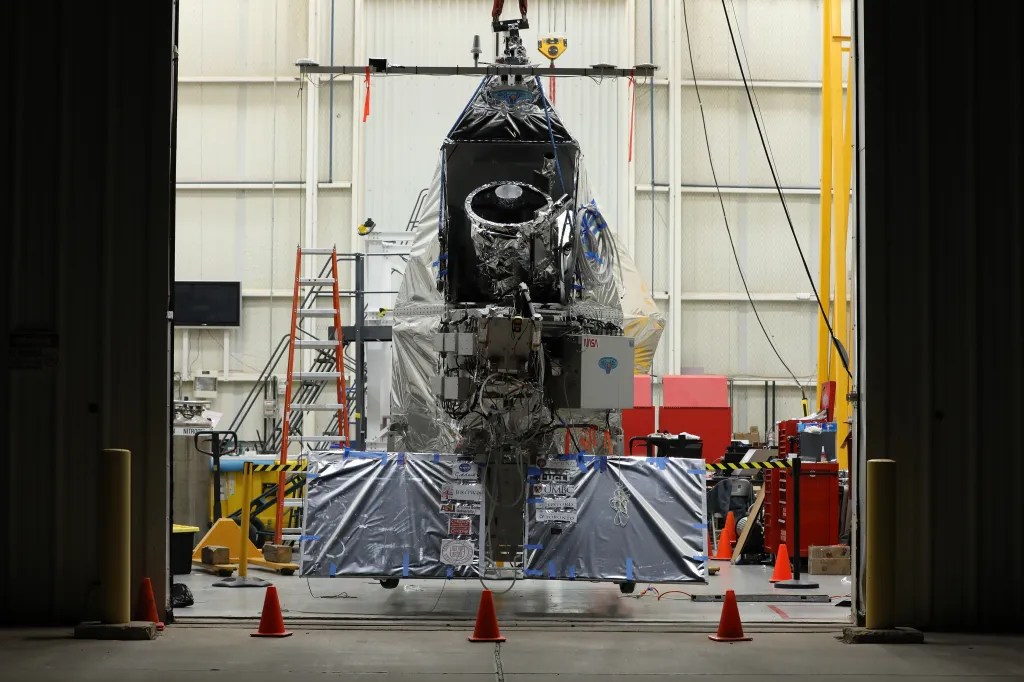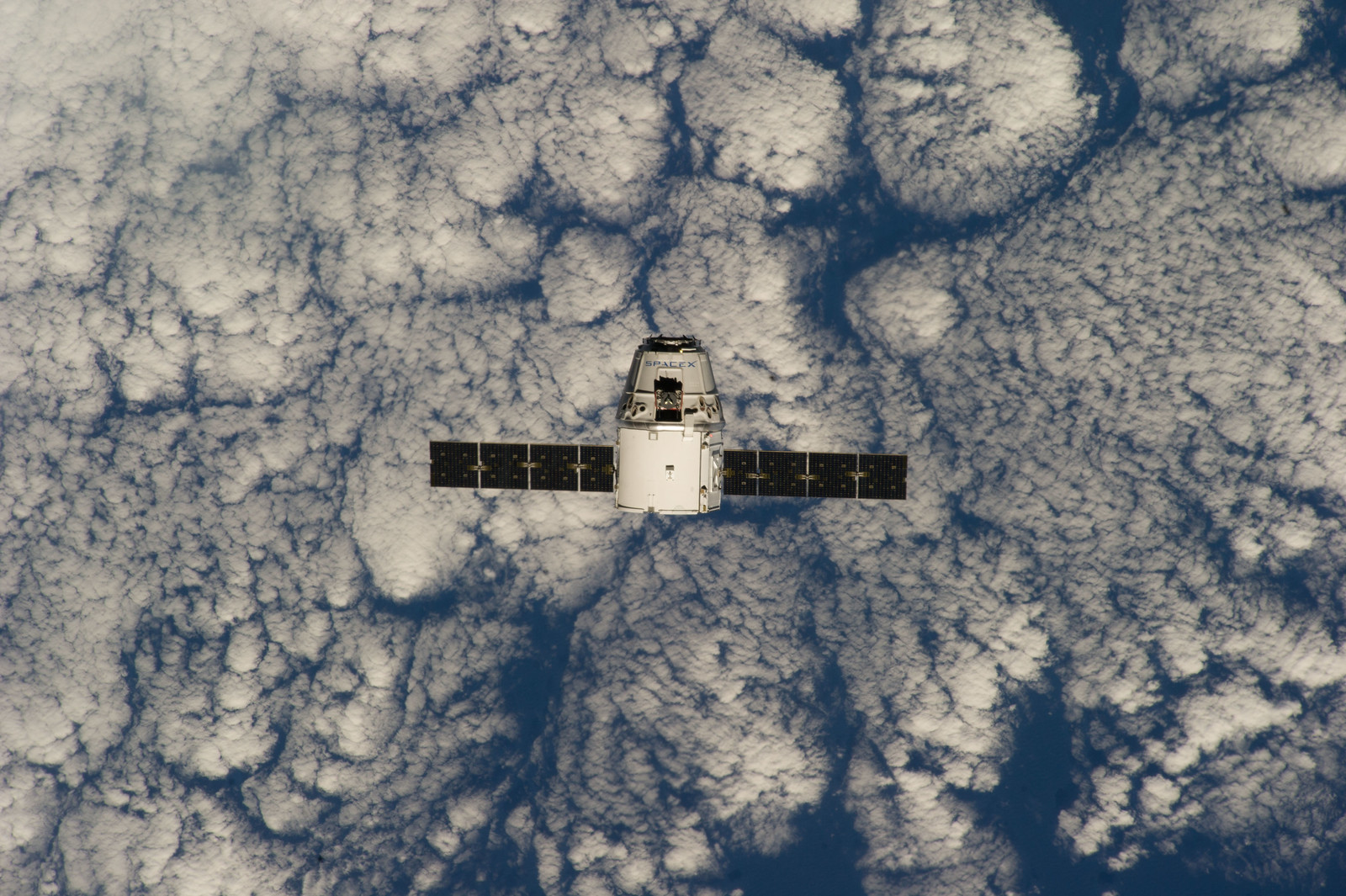Scientific Balloon Contributions
Scientific ballooning is a cheap and easy way to test experimental technology in space-like conditions. We can be more confident in the technology we send to other planets if we know that it can work in our exosphere. The Perseverance Mars Rover, for example, has already been active on Mars for four years and counting. This achievement would not have been possible with the Low Density Supersonic Decelerator (LSDS) balloon testing. LSDS tested parachutes and deceleration methods for Perseverance before its arrival on Mars, ensuring it would land safely and with little impact damage. It is crucial to invest in scientific ballooning for exoplanets and planetary studies so that the technology will work wherever its destination may be.
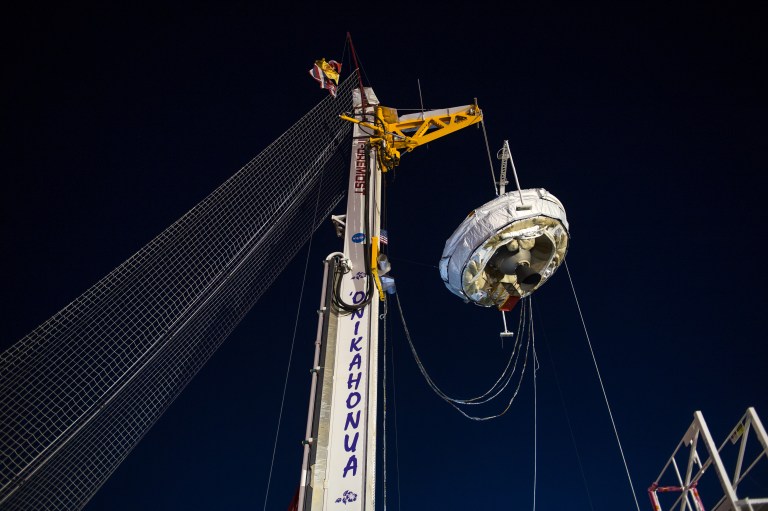
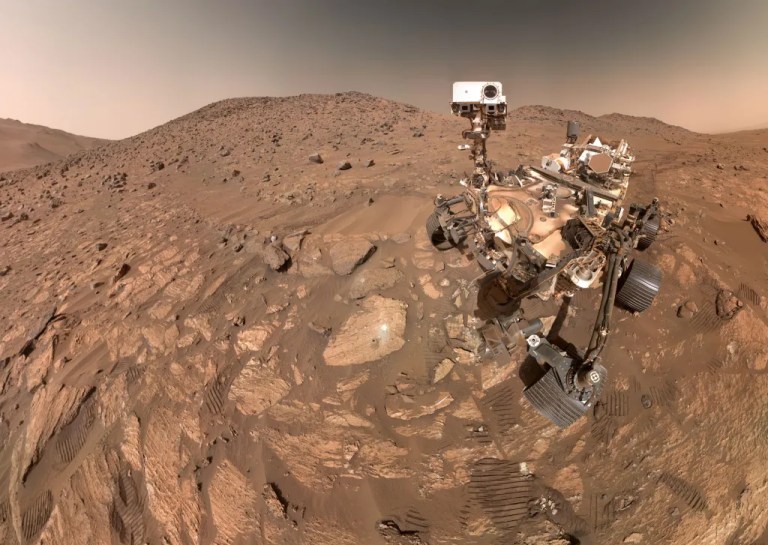


Before and After
LDSD to Perseverance Rover
2013-2018
Exoplanet Imaging
The EXoplanet Climate Infrared TElescope (EXCITE) was launched in 2024 to photograph tidally locked Exoplanets’ atmospheres. Not only did this balloon-supported telescope contribute to our understanding of other planets, but it also influenced two later space missions: Pandora’s Multi-Purpose Control and Interface Electronics (MACIE) and the Nancy Grace Roman Space Telescope (RST) which has yet to launch.
Primary Investigators
Want to get in touch and ask more questions? See our “Fly With Us Page,” to learn more about the balloon flight application process or use the links below to get in contact with our various primary investigators who are experts in the field of planetary and exoplanet studies.


